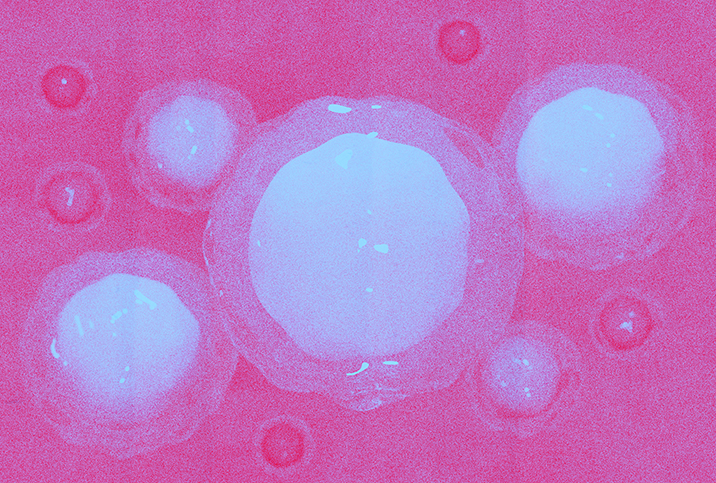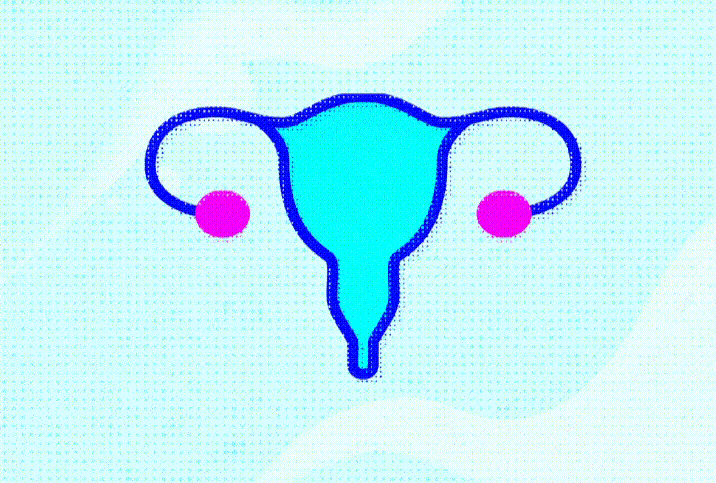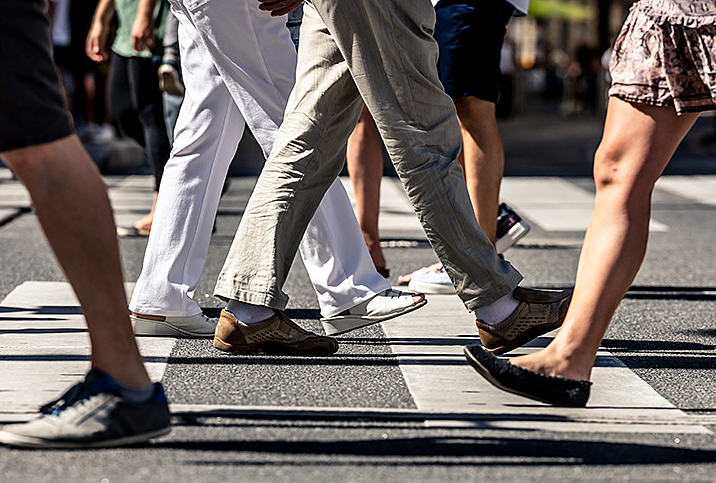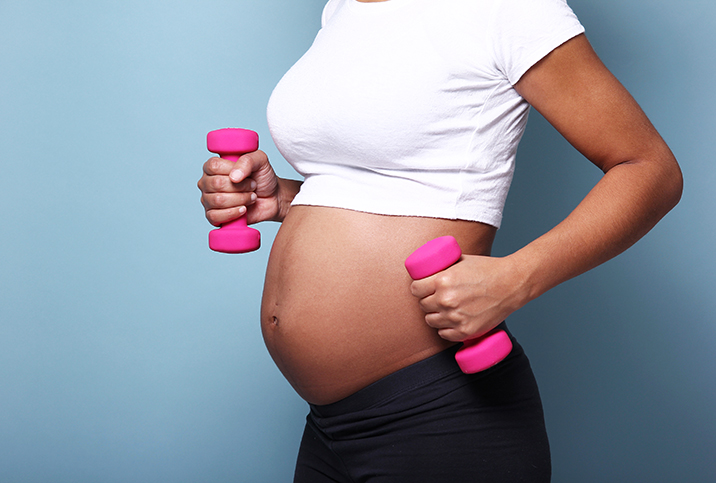Exercising During Fertility Treatments

Fertility treatments have become increasingly popular over the past couple of decades. With women's roles shifting and the age of parenthood creeping upward, the desire to preserve eggs for future use and the medical necessity for boosting fertility have grown. Egg-freezing cycles have risen more than 104 percent since 2009, according to the Society for Assisted Reproductive Technology (SART).
To preserve fertility, most experts recommend maintaining a balanced body weight, eating plenty of nutrients and keeping active. But many people going through fertility treatment come across conflicting information about just how active they should be. It might seem less risky to stop exercising altogether, but is that really necessary?
Is exercise safe?
"Exercise is generally welcome and encouraged for individuals undergoing fertility treatment," said Karenne Fru, M.D., Ph.D., a fertility specialist at Oma Fertility in Atlanta, Georgia. In fact, exercising can increase the likelihood of a successful outcome during treatments.
According to a 2018 study in Reproductive Biology and Endocrinology, exercising can increase the likelihood of clinical pregnancy and live births. There also appears to be no greater risk of miscarriage for people who keep active before treatments.
It can improve mental health
Physical activity supports fertility in several ways, including weight management, balancing hormones, improving circulation and regulating metabolism, all of which can increase the odds of conception. A review of research published in 2016 in Sports Medicine found 30 to 60 minutes of vigorous exercise each day was associated with better chances of ovulating.
The clear benefits of exercise on mental health cannot be understated, a factor that comes into play during what can be a challenging time in your life.
"Exercise has a significant psychological benefit for women during fertility treatments," said Shannon DeVore, M.D., who is on the clinical advisory board and the reproductive endocrinologist for P.volve, an online fitness program based in New York City.
"Ovarian stimulation can be extremely stressful and disruptive of daily life with frequent visits, hormonal changes and physical discomfort. Benefits of fitness and mindful movement during this process include stress reduction and improvement of physical as well as mental health," she added.
Exercises to choose and avoid
Choosing forms of exercise you enjoy should be a top priority, especially during potentially stressful times of life, such as during fertility treatments. Research published in 2012 in Reproductive Medicine and Biology indicates that psychological stress can negatively impact the outcome of fertility treatments, but exercise can help relieve stress.
Fru recommended exercises such as yoga and stretching that focus on improving the state of relaxation, which can help relieve worry and anxiety.
"Most noncontact, low-impact exercises are safe during ovulation induction," Fru said. "However, contact sports and high-impact activities like jumping, running and horse riding may not be safe during ovarian stimulation for IVF [in vitro fertilization]."
Other movements to avoid include twists and excessive pelvic movement, which can cause a dangerous medical condition. During ovarian stimulation, the ovaries dramatically increase in size, according to DeVore, and this puts each ovary in danger of torsion, or spinning on its pedicle.
"Torsion is a surgical emergency and, if untreated, may result in the loss of an ovary," Fru warned.
'Most noncontact, low-impact exercises are safe during ovulation induction.'
Ovarian torsion, which can also involve the fallopian tube, causes severe pain in the pelvic region, usually on one side, and may be accompanied by nausea and vomiting.
Though rare, ovarian torsion is dangerous and can lead to reduced fertility if the ovary is lost; surgery is the only way to treat it. For this reason, many doctors are overly but understandably cautious about exercise.
"Because even low-impact workouts like yoga contain risky movements, it is easier for physicians to advise avoiding exercise entirely, however, there are ways to move safely during the stimulation process," DeVore explained.
Women can continue moving during ovarian stimulation with certain low-impact modifications that limit movement of the pelvis.
"Walking on an incline can be a great substitute for running. Arm weights are typically safe as well," DeVore said.
Certain parts of the cycle are riskier and require additional caution.
"During the latter half of stimulation, known as the late follicular phase, and the two weeks after the egg retrieval, known as the luteal phase, the ovaries are typically quite large and uncomfortable," DeVore said.
Choose exercises that pare back pelvic movements during these periods to reduce the risk of ovarian torsion, she added.
If in doubt, try walking until it's safe to resume activity
"Walking is an underrated form of low-impact exercise that can be carried on at all phases of fertility treatment and throughout pregnancy," Fru said.
When your ovaries have returned to their previous size (this may take weeks after oocyte retrieval, for example), you can resume exercise at the level you were used to before your IVF cycle.
"All high-impact contact sports are strictly off-limits during the stimulation phase and for several weeks post-retrieval until the ovaries are back to their usual size," Fru added.
Make sure to speak to your doctor before engaging in any exercise. Certain patients are at higher risk of ovarian torsion and should avoid exercise entirely.


















